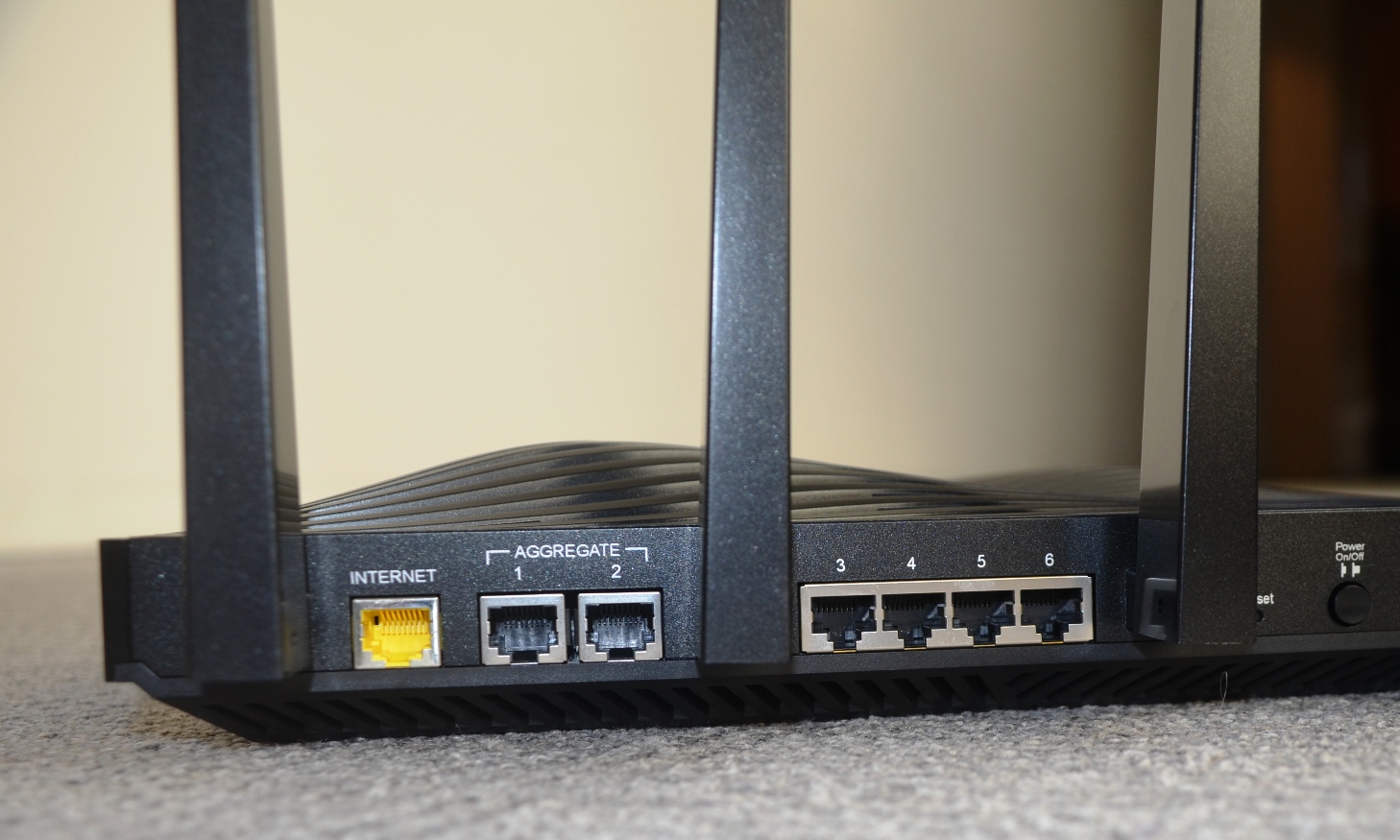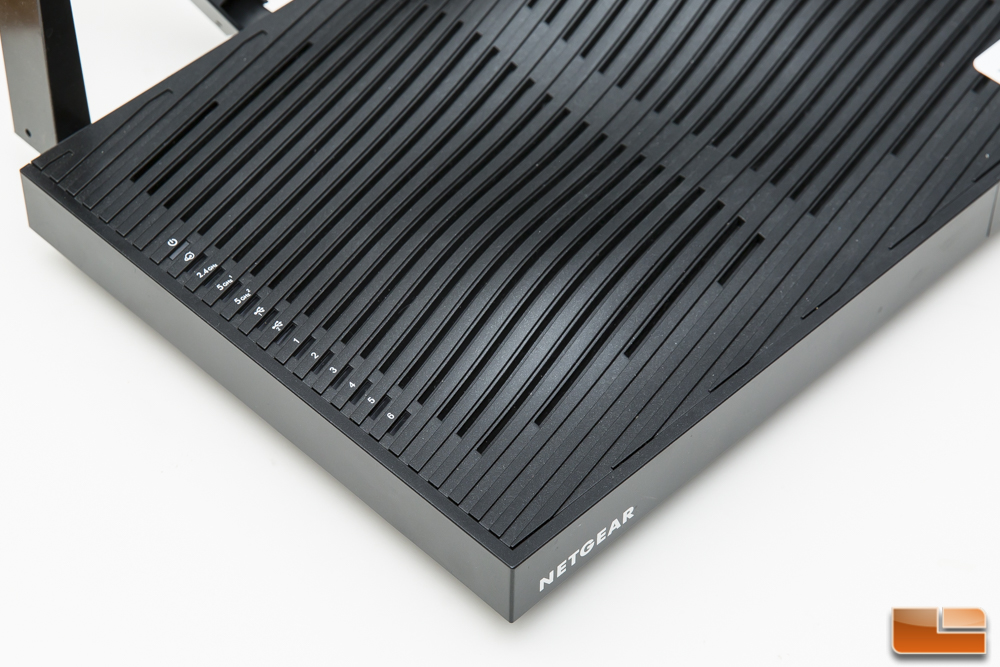

Six gigabit Ethernet ports means even more wired devices can connect and with port aggregation 2 ports can combine to double maximum wired speeds. Four external Active Antennas plus four internal antennas amplify WiFi range. Tri-Band WiFi and Quad Stream performance boosts X8’s combined wireless speeds to up to 5.3Gbps. We included one of these in the test as a comparison.The Nighthawk X8 AC5300 Smart WiFi Router is the next wave in WiFi.

Which is a bit Spinal Tap.įor comparison, the last generation of super routers was called AC3200 and supported a 3,200Mb/s throughput. Linksys cheekily rounds this up to 5,400 and calls the same thing AC5400. This comes from having a three network bands in each router – one 2.4GHz network (1000Mb/s) and two 5GHz networks (2166Mb/s each). The 5300 refers to 5,300Mb/s theoretical throughput. We tested for performance, features and value before delivering our verdict. These are impossible to test for directly but overall performance, in our challenging, real-world test environment gave us a good idea of what to expect from each of them. All of them claim to have special features for added stability, reliability and load balancing and all have different names for them. It’s not too surprising though, these are expensive machines which mostly do the same things using similar components – so marketing will always take over. And looking at some of them, you wouldn’t be surprised if they did. Now that we’re at $600, AC5300 routers with MU-MIMO technology and multiple antennae, it wouldn’t be a surprise to see, “ability to fly” in the specs sheets.

On top of this, the marketing materials and claims by router manufacturers become more hyperbolic with each product evolution. There’s very much a YMMV (your mileage may vary) element about them as performance depends on so many factors including location, surrounding building(s), interference from nearby devices and even time of day.

Testing WiFi routers is something of a unique challenge.


 0 kommentar(er)
0 kommentar(er)
